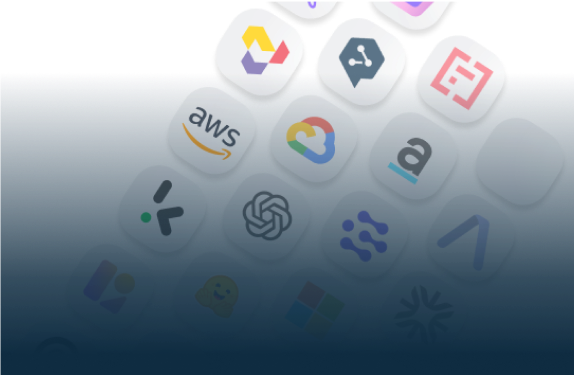
Start Your AI Journey Today
- Access 100+ AI APIs in a single platform.
- Compare and deploy AI models effortlessly.
- Pay-as-you-go with no upfront fees.
This guide shows how to detect video shot changes using Eden AI’s API in JavaScript. It covers launching a detection job, retrieving results, and managing tasks with clear code examples.
.jpg)
Detecting shot changes in video content is a crucial task in video analysis, enabling tasks like scene segmentation, content extraction, and video editing.
In this tutorial, we'll walk through how to use the EdenAI API to perform shot change detection asynchronously in a video using JavaScript.

Video Shot Change Detection annotates a video with segments that are generated by detecting abrupt shot changes within the video.
This process helps break the video into distinct sections, making it easier to analyze and edit.
1. Sign up: Visit Eden AI and sign up for a free account to get started. Once registered, navigate to the API section to find your personal API key—this key gives you access to a wide range of AI services, including Shot Change Detection.

2. Navigate to Video Technologies – Log in and head to the Video Technologies section.
3. Select Shot Change Detection– From there, select the Shot Change Detection option, or dive into more advanced features based on your requirements.
Eden AI provides a platform where you can test different AI models before integrating them, allowing you to evaluate and select the provider that best aligns with your needs.
The process of shot change detection is broken down into two stages because it can take time:
The POST request is asynchronous and starts the job, while the GET request checks on the job’s completion and fetches the results.
To make HTTP requests from your JavaScript code, we'll be using axios, a promise-based HTTP client that works in both the browser and Node.js.
It’s easy to use, highly customizable, and simplifies sending requests and handling responses. To install axios, run the following command:
In the POST phase, we send a request to EdenAI's shot change detection endpoint, passing in the URL of the video you want to analyze.
This request tells EdenAI to process the video and provides the necessary parameters, such as the video URL and the AI provider (e.g., Google).
Once the job is launched, the next step is to make a GET request to check the status and retrieve the results once the process is complete.
Retrieve Results: If the job is complete,
Once you send the GET request and the job is complete, you’ll receive a JSON response which will contain data about the shot changes detected in the video, you can expect it to be similar to this:
Each object in the shot_changes array represents a segment of the video between two shot changes — ideal for scene detection, trimming, or further analysis.
This data can be used to split the video into scenes or to highlight changes for further processing.
To streamline the management of video shot change detection tasks, Eden AI offers two optional but helpful endpoints:
1. List Jobs (GET Request)https://api.edenai.run/v2/video/shot_change_detection_async/
This endpoint returns a list of all initiated shot change detection jobs. Each job includes a unique ID, which you can use to monitor its status or retrieve results. Full documentation is available for reference.
2. Delete Jobs (DELETE Request)https://api.edenai.run/v2/video/shot_change_detection_async/
Use this endpoint to remove completed or unwanted jobs, keeping your workspace organized and clutter-free. Detailed documentation is also provided.
By incorporating these tools, you can efficiently monitor, manage, and maintain your shot change detection workflow on Eden AI.
EdenAI provides a robust, easy-to-use API that integrates multiple AI providers for background removal, shot detection, and other video analysis tasks.
The unified platform allows you to choose the best provider for your needs while offering a seamless interface.

You can use different AI models (like Google) based on your requirements.
The API is simple to integrate with your application using standard HTTP requests.
EdenAI’s infrastructure supports both small and large-scale requests, making it suitable for various use cases.
EdenAI consistently delivers accurate and timely results, backed by leading AI technology.
In this article, we’ve shown how to implement shot change detection using the EdenAI API in JavaScript.
This process is highly scalable and can be integrated into web applications, content management systems, or any platform requiring video analysis.
By leveraging EdenAI's APIs, you can quickly integrate advanced video analysis features, such as shot change detection, into your applications.
Whether you're working on video editing, content analysis, or media management, EdenAI offers a powerful and accessible solution to enhance your workflow.


You can start building right away. If you have any questions, feel free to chat with us!
Get startedContact sales
